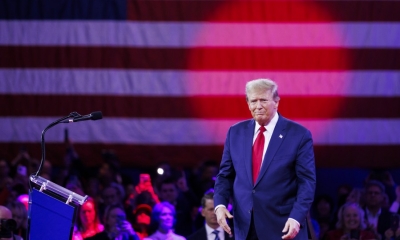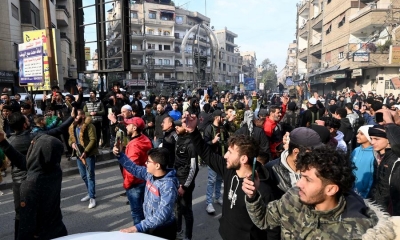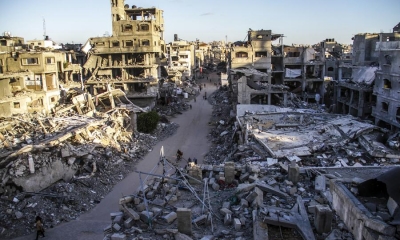U.S. Imperialism, Political Hysteria and Internal Decline
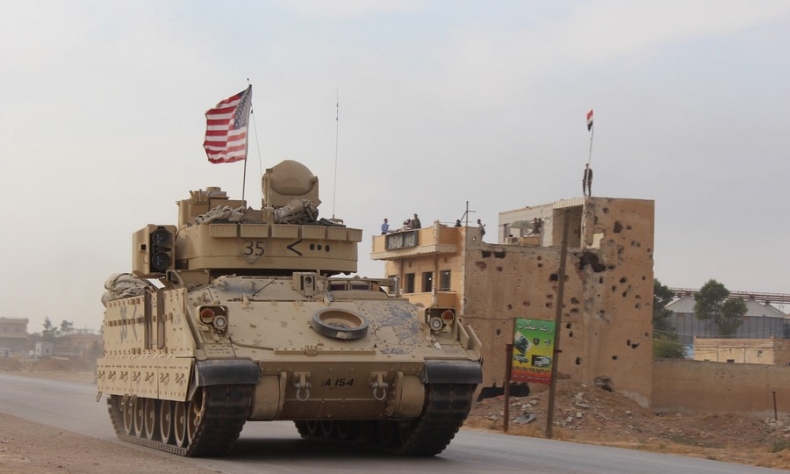
American politicians today appear shallow intellectually. The hysteria indicates a lack of confidence in America and its future.
The United States is at war against Russia and is preparing for war against China. Meanwhile, internally, America is in decline.
Looking back at the post World War II era, the U.S. seems to have hit its apogee in the 1950s. The U.S. was successful in the World War, its postwar economy was strong, and the population was forward looking and optimistic. President Dwight Eisenhower was a calm and steady leader who extracted the U.S. from the unnecessary Korean War quagmire and promoted internal development.
Kennedy assassination marks decline
The assassination of President John F Kennedy seems to have marked the beginning of long-term U.S. decline. Following his murder, the ill-advised escalation of the Vietnam War coupled with imprudent domestic spending caused not only unprecedented social unrest but also a long period of paralyzing economic stagflation.
The period of economic distress caused by external war and domestic spending did turn around until the early 1990s and the closing years of the George H. W. Bush presidency. During the 1990s under President Bill Clinton, the economy became buoyant and the country was at peace. All this changed with the George W. Bush administration and his wars in Iraq and Afghanistan.
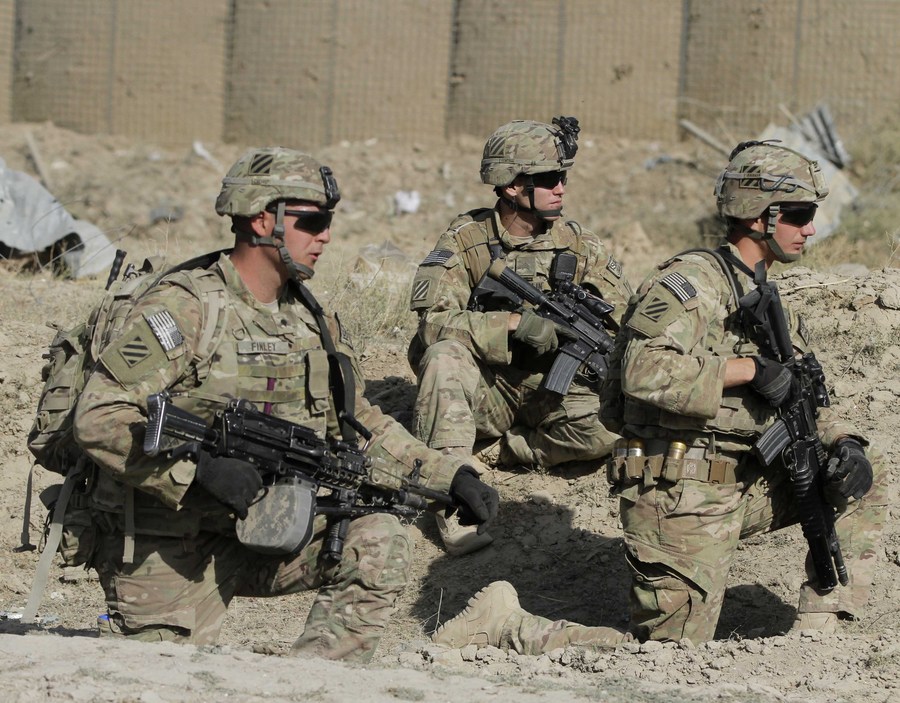
U.S. imperialism has nothing to show for the unnecessary Vietnam quagmire except for a black wall monument to the war dead in Washington, DC. Pentagon records show 52,220 dead U.S. soldiers. The name of a relative of mine is on that black wall.
In 1995 Vietnam presented an official estimate of those killed during the Vietnam War stating as many as 2,000,000 civilians on both sides and some 1,100,000 North Vietnamese and Viet Cong fighters died. The U.S. military estimated that between 200,000 and 250,000 South Vietnamese soldiers died.
The U.S. Vietnam war extended across two decades from 1955 to 1975. The U.S. Afghanistan war extended two more decades from 1999 to 2021. The U.S. Iraq war extended from 2003 to 2011. The U.S. has nothing to show for these seven decades of unnecessary wars and loss of blood and treasure.
On the home front, from the 1970s Vietnam War era, the U.S. experienced ever increasing problems with narcotics. Five decades of escalating illegal drug use and abuse impacted public health and increased crime to include violent crime.
Disintegrating U.S. infrastructure
U.S. infrastructure heading into the 1960s was in good shape. Railroads efficiently spanned the country and had been leading railroads in the world. The Eisenhower administration launched a vast nationwide interstate highway system which spurred car travel and trucking. The system of well-built roads and bridges was designed to support any potential military mobilization needs. Under Eisenhower, the joint U.S.-Canada Saint Lawrence Seaway project added immeasurably to U.S. infrastructure.
But, after seven decades of unnecessary wars and poor planning, present day U.S. infrastructure is worn out and in many cases dangerously so.
The American Society of Civil Engineers (ASCE) issues a “Report Card” periodically. The analysis covers U.S. infrastructure such as highways, bridges, water systems, ports, airports, dams, wastewater, levees, schools, and the like.
In recent years, the ASCE report points out the increasing disintegration of U.S. infrastructure. By their estimate, several trillion dollars of investment is needed just to repair and maintain existing U.S. infrastructure. On top of that, more is needed to support modernization and additional infrastructure.
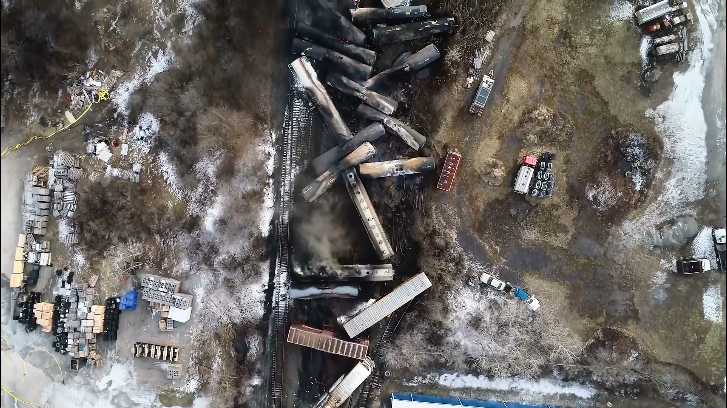
A few highlights illustrate America’s infrastructure problem. For example, 43 percent of public roadways are in poor or mediocre condition, a number that has remained stagnant over the past several years. There is a water main break every two minutes and an estimated 6 billion gallons of treated water lost each day in the U.S.
Passenger rail requires government investment and has been plagued by a lack of federal support, leading to a current state of good repair backlog at $45.2 billion. For example, along the busiest passenger rail corridor, the Northeast Corridor, infrastructure-related issues caused 328,000 train-delay minutes, or the equivalent of roughly 700 Northeast Regional train trips from Boston, Massachusetts, to Washington, DC.
What about bridges? There are more than 617,000 bridges across the United States. Currently, 42 percent of all bridges are at least 50 years old, and 46,154, or 7.5 percent of the nation’s bridges, are considered structurally deficient, meaning they are in “poor” condition. A recent estimate for the nation’s backlog of bridge repair needs is $125 billion. ASCE says that at the current rate of investment, it will take until 2071 to make all of the repairs that are currently necessary, and the additional deterioration over the next 50 years will become overwhelming.
The serious and dangerous decline of U.S. Infrastructure presented by the ASCE is a fact. Meanwhile, the U.S. engages in unnecessary wars around the world. The price tag for the unnecessary year old and ongoing U.S. proxy war in Ukraine is over 100 billion dollars so far. Many more billions are programmed annually for war against China using Taiwan as a pretext.
Fall of empires
Some critics say that the U.S. is headed for a fall. It could take the form of a severe economic crisis like the Depression era. It could be the result of an accumulation of domestic woes. There are no crystal balls but the U.S. is not in good condition and prospects for rejuvenation do not appear bright at this time, some say.
The U.S. Congress is in an unprecedented state of hysteria and delusion. Billions and trillions are wasted on foreign wars which the military-industrial complex conjures up and which are funded by Congressional rubber stamping.
American politicians today appear shallow intellectually. The hysteria indicates a lack of confidence in America and its future. The delusion causes involvement in unnecessary wars wasting treasure that could be applied to internal woes and development.
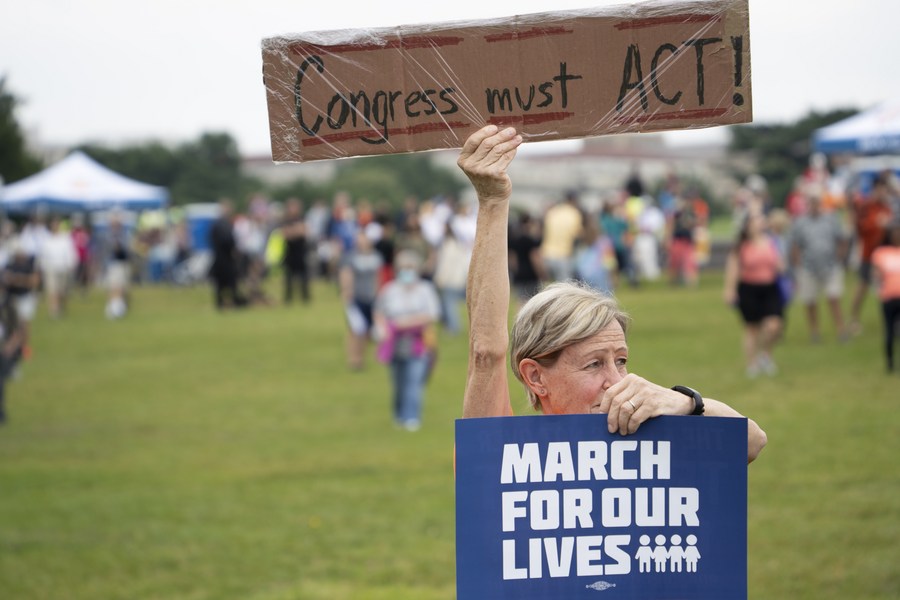
Western history, not to mention world history, should offer lessons to U.S. politicians. But they are more interested in short trivial sound bites to posture for the mainstream media.
The collapse of the Roman Republic should offer an example to US politicians. During the last 100 years of that republic, decline set in finally resulting in its collapse and the rise of the dictatorship of Julius Caesar followed by Emperor Augustus.
The Roman decline had a number of features. Some argue that it was the constant foreign wars and imperialism of the republic that was a key factor. The loss of constitutional order and governance owing to military leaders like generals Marius and Sulla seizing power is cited as another factor. Mass uncontrolled immigration by non-Romans into Rome some believe was linked to a loss of democratic governance. Alien ideologies involving foreign religious cults penetrated Rome and undermined patriotic traditions and culture.
Looking at the U.S. today, its lack of competent political leaders, the overwhelming influence of the military-industrial complex, constant unnecessary foreign wars, bizarre ideological “wokeness” and internal disintegration it is apparent that American is in trouble. Will this cause further external wars such as another major war in the Pacific and the expansion of the current European war?
Clearly, the U.S. leadership and the American people must sober up, realize the declining situation of their republic, and undertake a policy of rejuvenation through peace and development rather than continue the present recklessly irresponsible dead-end policy of imperialism and war.
The article reflects the author’s opinions, and not necessarily the views of China Focus.
 Facebook
Facebook
 Twitter
Twitter
 Linkedin
Linkedin
 Google +
Google +





